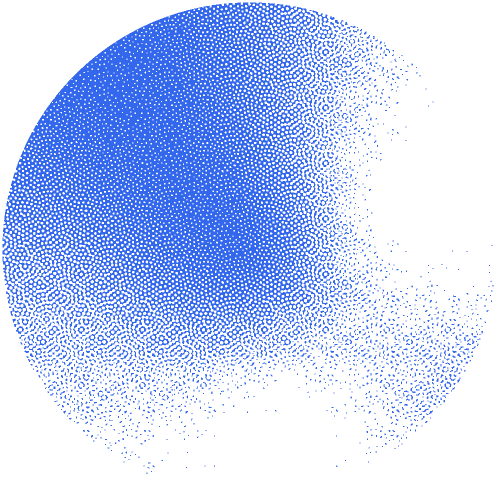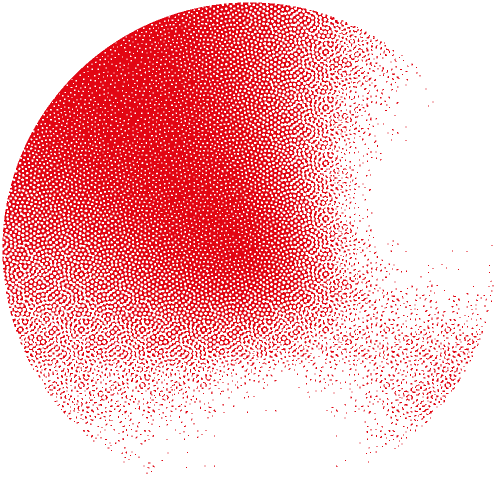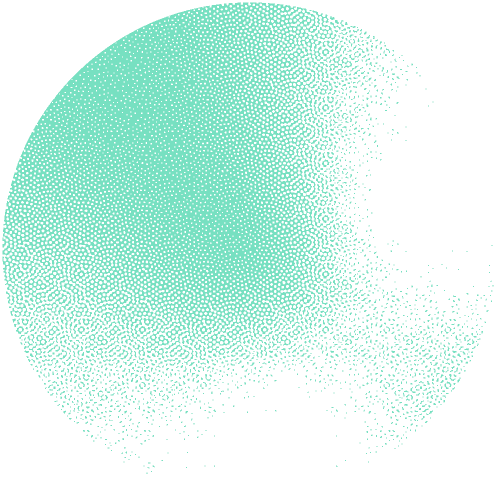ATGCCGGAATTGGCACATAACAAGTACTGCCTCGGTCCTTAAGCTGTATTGCACCATATGACGGATGCCGGAATTGGCACATAACAAGTAC
TGCCTCGGTCCTTAAGCTGTATTGCACCATATGACGGATGCCGGAATTGGCACATAACAACGGTCCTTAAGCTGTATTGCACCATATGACG
GATGCCGGAATTGGCACATAACAAGTACTGCCTCGGTCCTTAAGCTGTATTTCGGTCCTTAAGCTGTATTCCTTAACAACGGTCCTTAAGG
ATGCCGGAATTGGCACATAACAAGTACTGCCTCGGTCCTTAAGCTGTATTGCACCATATGACGGATGCCGGAATTGGCACATAACAAGTAC
TGCCTCGGTCCTTAAGCTGTATTGCACCATATGACGGATGCCGGAATTGGCACATAACAACGGTCCTTAAGCTGTATTGCACCATATGACG
GATGCCGGAATTGGCACATAACAAGTACTGCCTCGGTCCTTAAGCTGTATTTCGGTCCTTAAGCTGTATTCCTTAACAACGGTCCTTAAGG



Bioinformatics of long read sequencing - getting ready for the third generation



01 July 2016



For-profit: 0 CHF
Overview
The aim of this course is to familiarise the participants with long read (also called “third generation”) sequencing technologies, their applications and the bioinformatics tools used to assemble this kind of data. Multiple sequencing platforms, including Pacific Biosciences and Oxford Nanopore MinION, are now available to generate reads that are several kilobases-long. It is also possible to assemble Illumina reads to generate in-silico long reads. These improvements have greatly facilitated the assembly of genomes but some other applications are emerging, for example, for haplotype phasing, or for the study of alternative splicing using RNA-seq.
This course will be composed of an introduction to the techniques and data analysis methods, a minisymposium and a hands-on session. The minisymposium will consist of short presentations by SIB researchers on the applications of these technologies. It will be followed by a panel discussion between speakers and the audience, letting the opportunity to debate on the advantages and pitfalls of these technologies for research projects. The hands-on session will consist of computer exercises that will enable the participants to familiarize with real datasets from different technologies and the bioinformatics tools to assemble genomes.
Audience
This course is aimed at PhD students, post-doctoral and researchers in life sciences who would like to have a grasp of these technologies or who are planning to use and analyze them in their research.
Learning objectives
At the end of the course participants should be able to:
- Identify the various applications, advantages and limitations of the methods presented
- Assess the quality of your datasets
- Extract raw reads and align them to a reference genome
- Use the reads to assemble genomes de novo
Prerequisites
Knowledge / competencies:
Participants should have a good understanding of command line tools on Linux or Windows-based operating systems.If you do not feel comfortable with UNIX commands, please take our UNIX fundamentals e-learning module.
We also recommend a basic knowledge of the file formats used in the short reads NGS techniques (fastq, SAM/BAM, annotation file formats).
Technical:
Participants should bring a laptop with at least 4 GB RAM, 50 GB free disk space, and WIFI preinstalled.
Additional information
The morning session will feature presentations from the following speakers (see the program below): Christian Ahrens, Laurent Falquet, Mark Robinson, Julien Roux, Ioannis Xenarios. The afternoon session will be taught by Julien Roux and Kamil Jaron (Evolutionary Bioinformatics Group, UniL and SIB) and Walid Gharib (Interfaculty Bioinformatics Unit, UniBe and SIB).
Coordination: Patricia Palagi (SIB Training Group), Julien Roux (Evolutionary Bioinformatics Group, UniL and SIB) and Walid Gharib (Interfaculty Bioinformatics Unit, UniBe and SIB).
We will recommend 0.25 ECTS credits for this course (given the full day is attended, and a passed exam at the end of the session).
You are welcome to register to the SIB courses mailing-list to be informed of all future courses and workshops, as well as all important deadlines using the form here.
For more information, please contact training@sib.swiss.
Programme
Tuesday 5 July, Morning: Mini symposium University of Bern, Hochschulstrasse 4, 3012 Bern, Hauptgebäude building, room Kuppelraum (upper floor)
09:30 Welcome coffee
09:55 Welcome address
10:00 Ioannis Xenarios, SIB and University of Lausanne, Switzerland
Genomes assembly and annotations a press a button solution?
10:20 Laurent Falquet, SIB and University of Fribourg, Switzerland
Bacterial methylome analysis using long read data
10:40 Christian Arhens, SIB and Agroscope, Switzerland
Integrating NGS data for the assembly of prokaryotic genomes and a proteogenomics approach to identify their complete protein-coding potential
11:00 Mark Robinson, SIB and University of Zurich, Switzerland
Hybrid assembly of insect male-specific genomic regions
11:20 Julien Roux, SIB and University of Lausanne, Switzerland
Using new long read sequencing technologies to improve the study of alternative splicing
12:10-13:00 Round table with all the speakers and the audience
Tuesday 5 July, Afternoon: Hands-on course
University of Bern, Hochschulstrasse 4, 3012 Bern, Hauptgebäude building, room Kuppelraum (upper floor)
Teachers: Julien Roux, Kamil Jaron, Amina Echchiki and Walid Gharib.
14:00 – 17: 30 Minion and PacBion long reads extraction, quality control checking, mapping genome to the reference genome, genome assembling